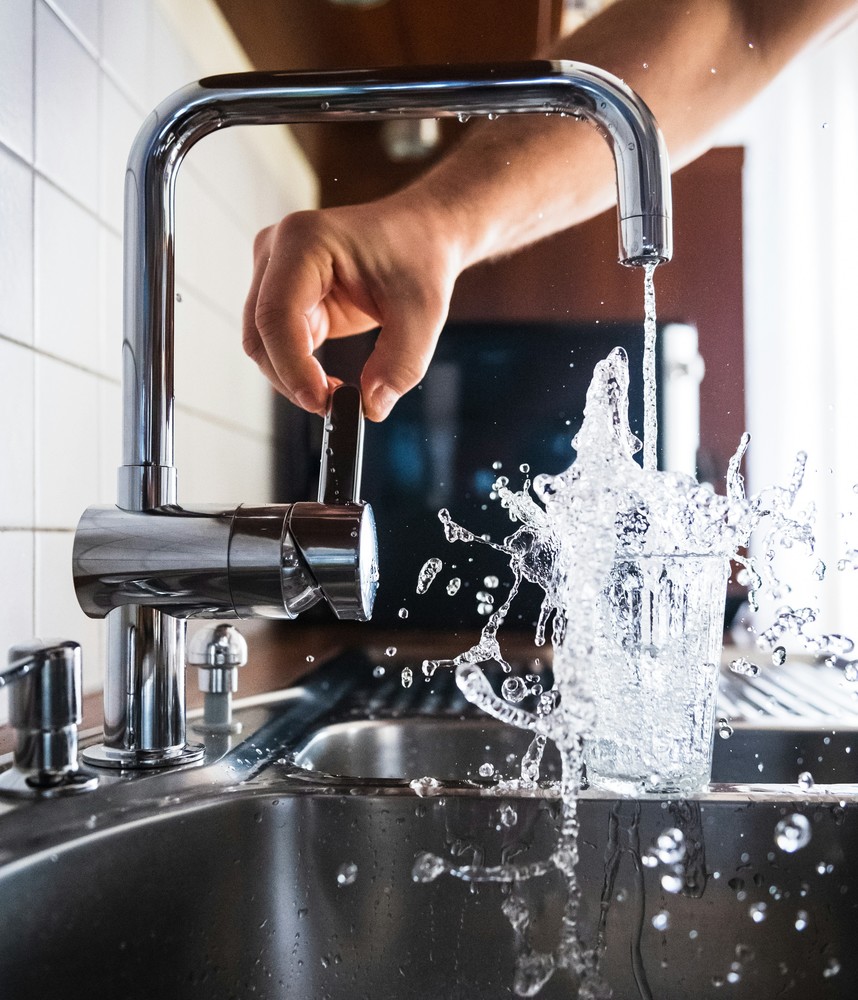In the City of Lennox, our water distribution system currently serves approximately 2,500 residents through a series of water metering devices installed in each dwelling. At this time, we have 1,124 water meters ranging in size from ¾-inch up to 2 inches to accommodate varying water demand needs. Each meter records water usage in cubic feet rather than gallons, which can be confusing for some.
To clarify, one cubic foot of water equals 7.48 gallons. On average, typical daily water use per person is 11–13 cubic feet, or roughly 80–100 gallons. To visualize this on a water bill, 1,000 cubic feet would translate to 7,480 gallons, about the average monthly usage for a household of three.
Another water characteristic that often causes confusion is the difference between water pressure and water volume. Water pressure is the force that moves water through the pipes, while water volume is the amount of water flowing. What may feel like low pressure is often actually low volume. For example, if your shower or sink has a weak stream, it could be due to a clogged aerator screen. In many cases, newer fixtures include internal water conserving components that intentionally restrict water flow to reduce usage.
If you're watering the lawn and notice only a trickle coming out, the issue could be a long, narrow hose or running multiple sprinklers simultaneously, which reduces available volume. Inside the home, another common cause of low water volume is undersized plumbing. Small diameter pipes can only carry a limited amount of water. To address low volume issues, check for clogged aerators or screens, ensure your main shut-off valve is fully open, and confirm that your plumbing is properly sized for your household’s needs.
Water pressure, measured in PSI (pounds per square inch), varies in Lennox and is dependent on the water level in the city’s two 500,000-gallon water towers. During the summer, as water demand increases, the towers are filled closer to their maximum capacity. Based on elevation and hydraulic calculations, the maximum PSI when the towers are full is approximately 56 PSI (though friction loss and distance from the towers may cause some variation between residences).
When the towers are at their lower levels just before Lewis & Clark Regional Water begins refilling them, pressure drops to about 48 PSI, a difference of around 225,000 gallons. This reserve capacity is essential in case of emergencies such as a fire or a water main break, ensuring sufficient supply even at lower levels. In the winter months, tower levels are slightly reduced to maintain a maximum of about 50 PSI and a minimum of 46 PSI, which helps prevent freezing and ensures turnover, so water doesn't sit stagnant in the tank for extended periods.

